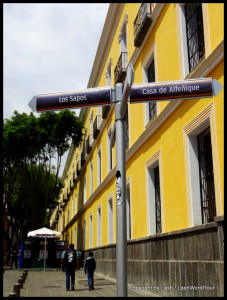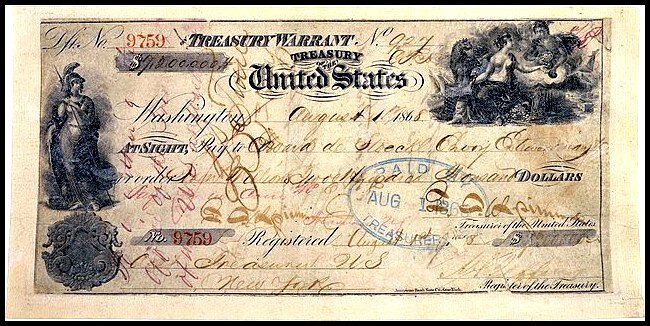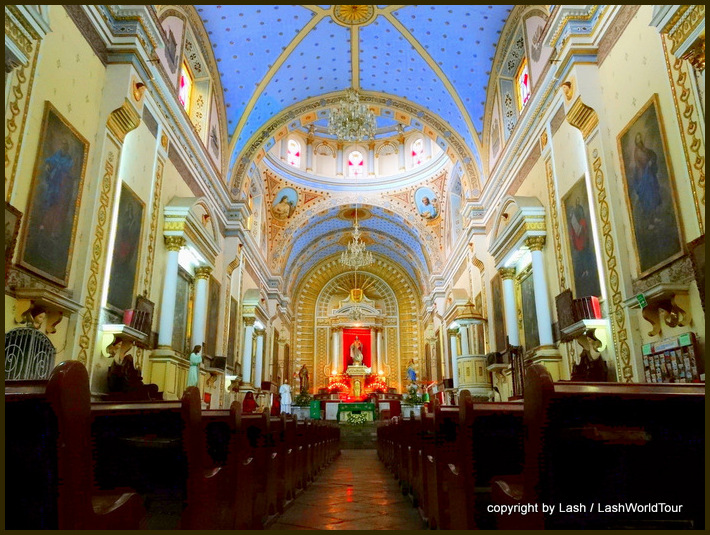PHOTO GALLERY: The Baroque City of Puebla – Mexico
(see photos of Puebla Mexico here)
Puebla was established by the Spanish in the early 1500s. They rigorously set about importing the latest European Baroque architecture, art and design to create ‘The City of Angels’. They constructed hundreds of decorative buildings and over 70 elaborate churches & cathedrals.
With all its glorious architecture, particularly its Heavenly churches, Puebla quickly became famous throughout Europe as one of the world’s most beautiful cities.
 The Spanish continued expanding the city during the following centuries, altering the Baroque style as it evolved back home in Europe. Thus Puebla’s churches and buildings represent a huge diversity of Baroque architectural and decorative styles.
The Spanish continued expanding the city during the following centuries, altering the Baroque style as it evolved back home in Europe. Thus Puebla’s churches and buildings represent a huge diversity of Baroque architectural and decorative styles.
Today Puebla is Mexico’s 4th largest city, located just two hours southeast of Mexico City. The modern city lies sprawled out from the original, with Puebla’s large historic district situated in the center.
Resting at an elevation of 2200 M / 72180 ft at the foot of two of Mexico’s highest volcanoes, Puebla is surprisingly chilly, even quite cold in winter months. That can make a wonderful break from Mexico’s primarily hot climate.
Today Puebla’s glorious Baroque architecture is well-preserved and lovingly renovated to its former glory…Come take a glimpse of this regal city in Mexico.
see photos of Puebla Mexico here
—————————————-
You might also enjoy:
Photos of Stunning Yucatan Peninsula
Busting American Myths about Mexico
Costs of Budget Travel in Mexico 2016
—————————————————————————————-










 Hi! I'm Lash, an American nomadic world traveler who's been traveling solo since 1998. I’m passionate about traveling the world nomadically and then sharing it all with you. I hope to inspire you to travel the world, to entertain you with tales from the road, and to help you reach your travel dreams. Welcome!
Hi! I'm Lash, an American nomadic world traveler who's been traveling solo since 1998. I’m passionate about traveling the world nomadically and then sharing it all with you. I hope to inspire you to travel the world, to entertain you with tales from the road, and to help you reach your travel dreams. Welcome! 



